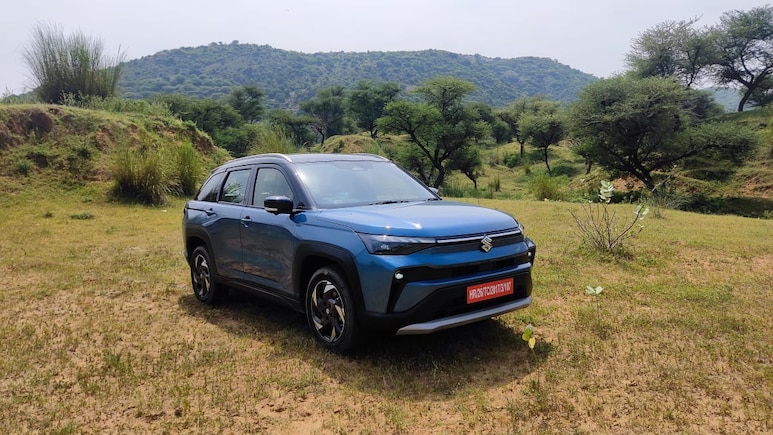
Maruti Suzuki claims its second mid-size SUV has 'Got It All'. Launched just ahead of the festive season, Victoris is loaded to the T, so much so that it is the most feature-packed Suzuki yet. The government's decision to revise GST on automobiles is also likely to infuse positivity and growth in sales. Additionally, Victoris achieved a 5-star rating in the BNCAP test. While a lot is working in favour of Victoris, the question remains: is it enough? Will Maruti Suzuki Victoris finally take the challenge to the segment leader, Hyundai Creta? Let's dig deeper to understand more about Victoris:
Exterior
Maruti's latest SUV juggles design cues from Brezza and e-Vitara. With signature DRLs and a wide bonnet, Victoris has a new and contemporary front look. Headlamps get split treatment, with projector fog lamps sitting next to the large air dam area. The panel for ADAS is positioned in the middle. Squared wheel arches, slightly sloping roofline, and multiple lines and creases keep the side profile interesting. The rear gets the split-bar connected LED tail lamp, highlighting the width. Accentuating the SUV stance are the sloping rear glass, sporty spoiler, and beefy skid plates. Victoris spans 4360mm in length, 1795mm in width, and 1655mm in height. The wheelbase stands at 2600mm - identical to Grand Vitara.
Also Read: TVS Orbiter Review: Gen Z To Boomers, One For All
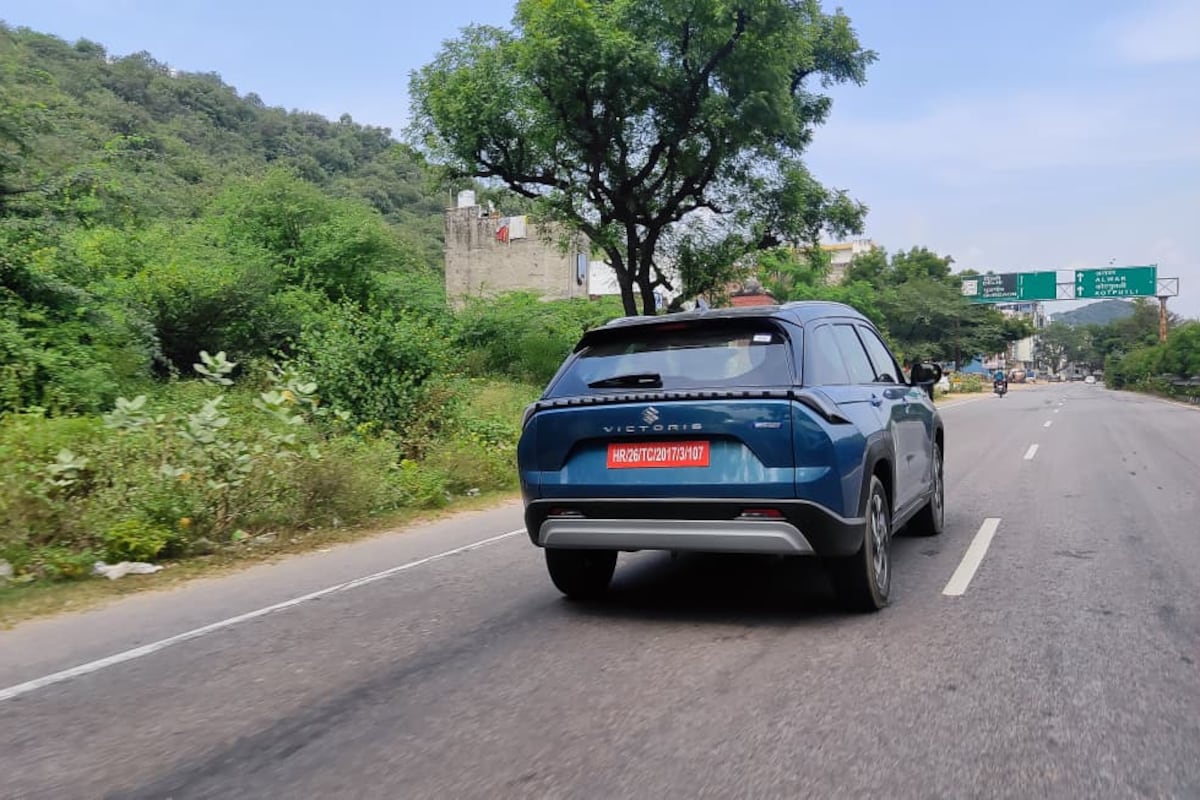
Interiors and features
Victoris gets premium-looking interiors. The top two variants - ZXi and Zxi+ - get leatherette upholstery in two choices, black and ivory, with silver accents and an all-black interior with champagne gold accents. Interior colour depends on the trim you pick. The ivory colour gives a sense of space, and looks good too, but is often difficult to maintain.
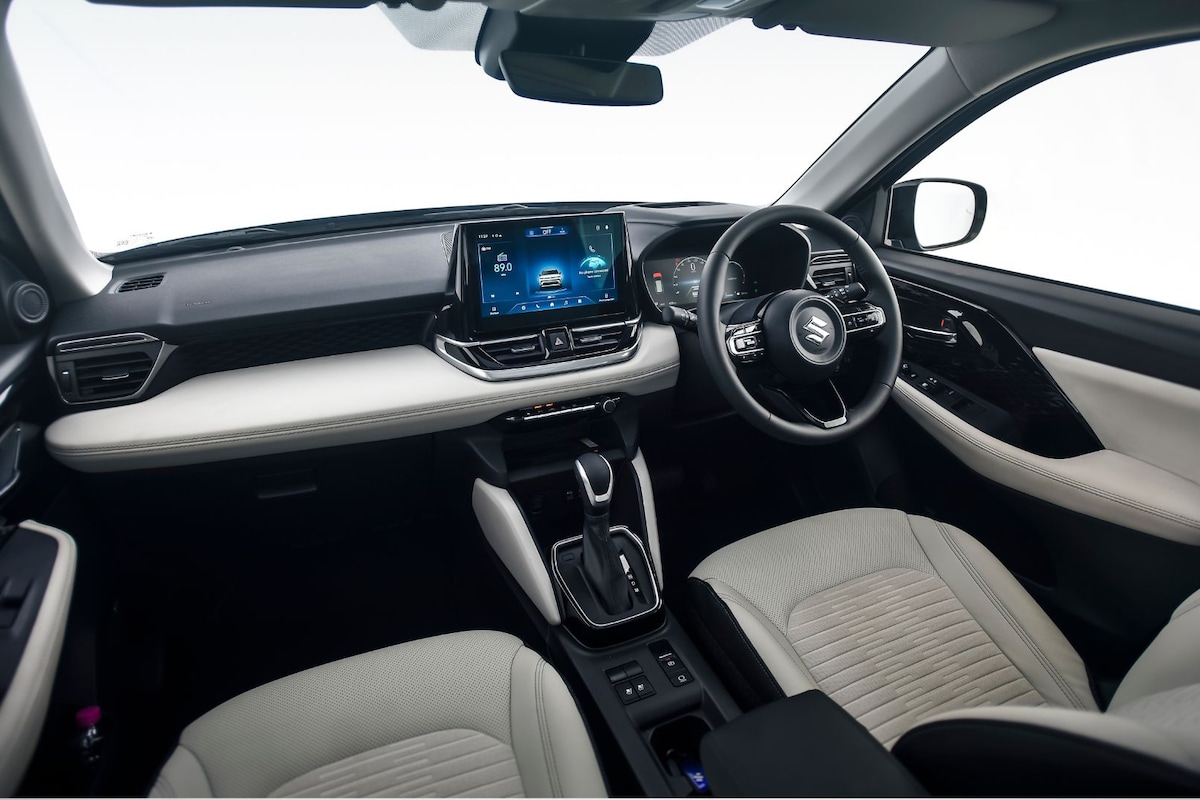
Dashboard has a layered design and looks appealing. Ambient lights are tastefully done, and they filter through the dashboard. The quality of the gloss black material used looks good, unlike in some other, more expensive cars we have seen recently. In fact, the interior quality will meet the expectations of the buyers.
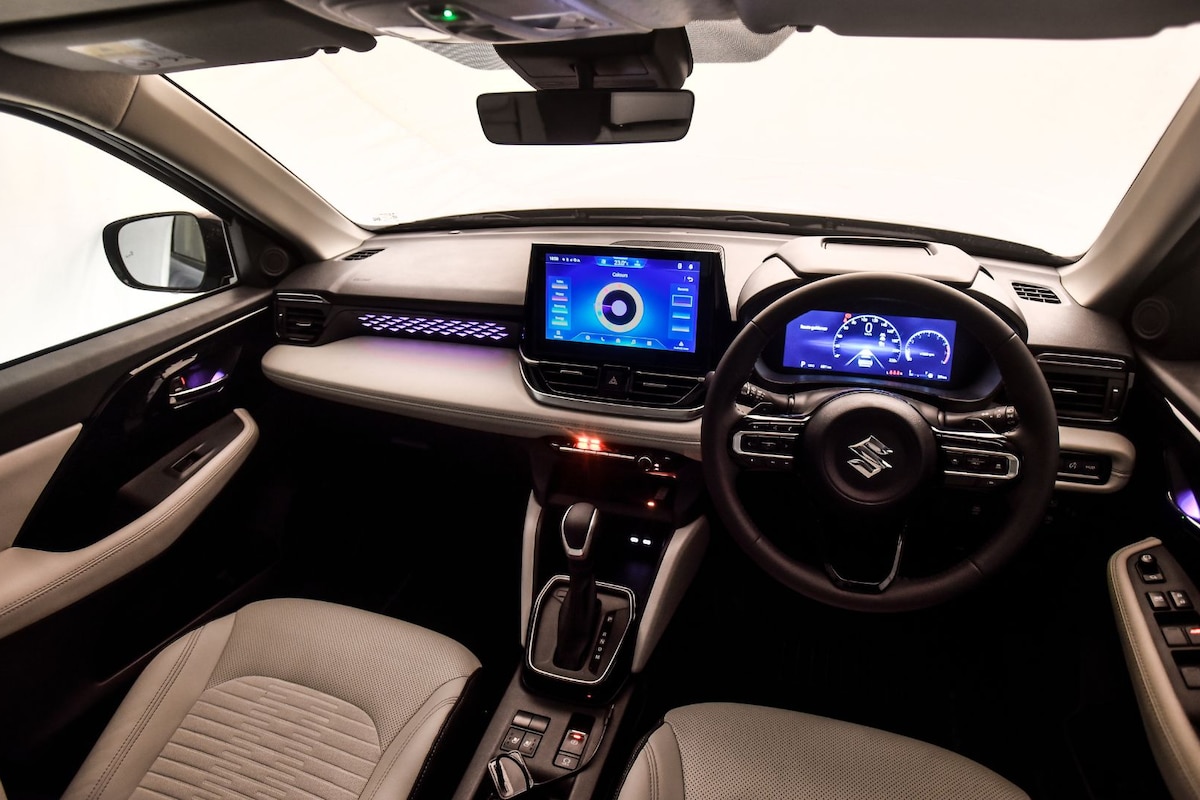
The steering wheel sports a new design with a button mounted on it for ADAS and stereo control. The 10.1-inch SmartPlay HD touchscreen is crisp and clear. It is a marked improvement among Maruti cars and is quite easy to use. Victoris also gets a 10.25-inch digital driver display, with limited options for customisation. It looks crisper than the unit used in the Grand Vitara.
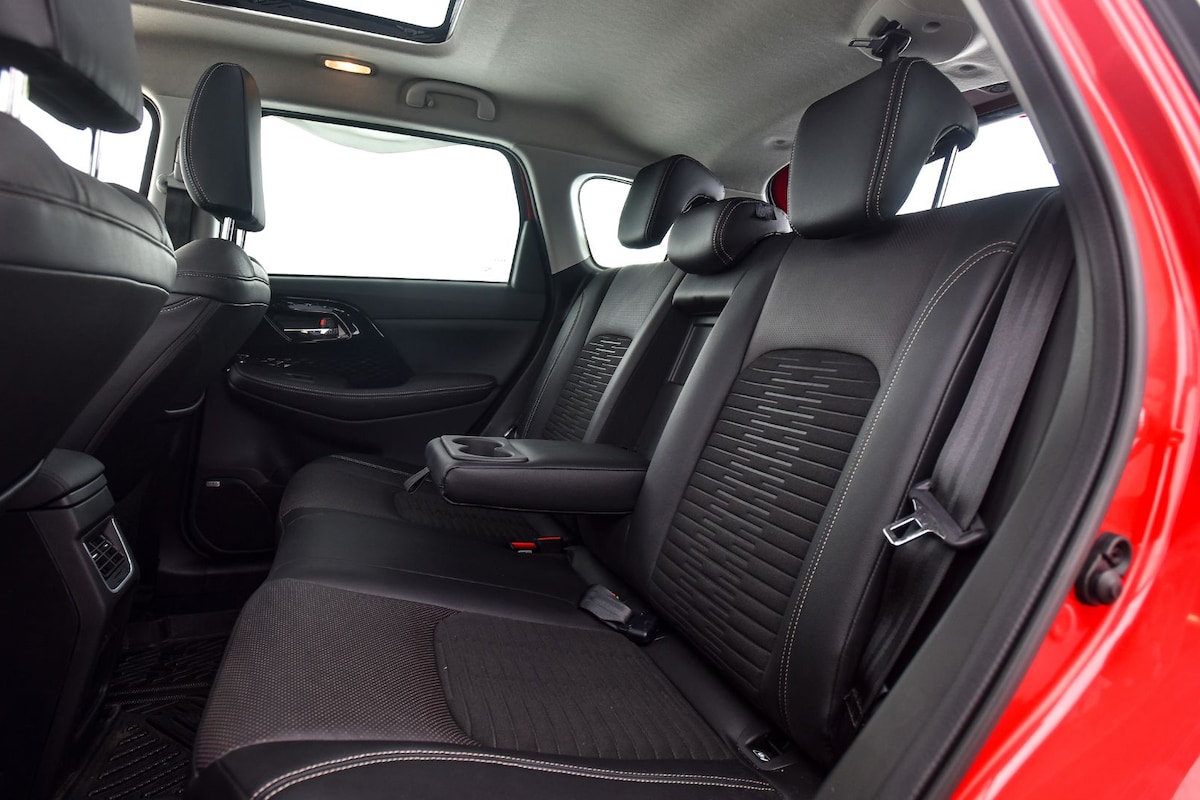
When it comes to practicality, Maruti Suzuki seems to know the pulse. Victoris has enough spaces in the central console and door pockets to keep cups and bottles. The driver's side seat gets an 8-way power adjustment. The front seats are comfortable and offer good support. The rear seats are best suited for two passengers, with decent knee room and good thigh support. Taller occupants will find limited headroom. At 5ft 7in, I had just about an inch and a half to spare above my head, which could feel cramped on a long drive. While the seat itself is comfortable for two, adding a third passenger will make it tight. But all three passengers get a movable headrest and a three-point seatbelt with load sensors. Rear passengers will find it comfortable with dedicated AC vents and twin USB Type-C charging points.
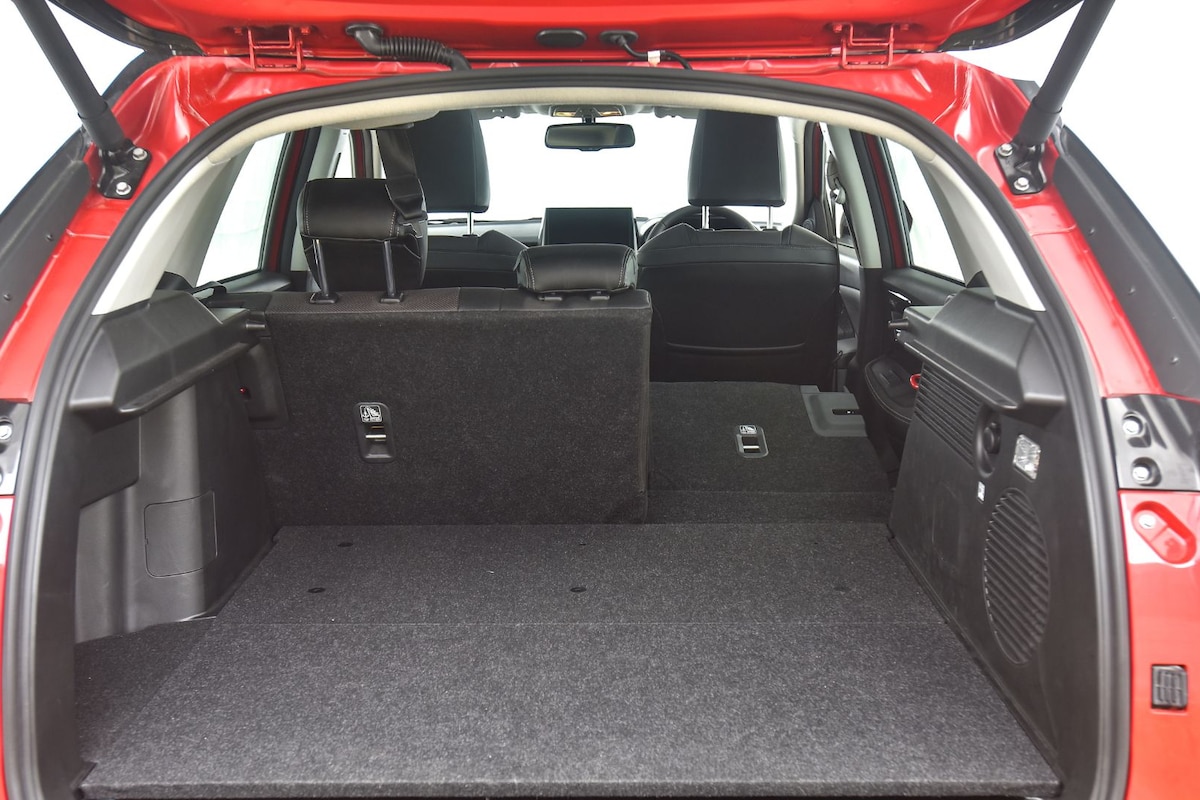
The luggage cabin is spacious in both petrol and CNG variants. The CNG variant gets a cylinder-free boot, thanks to some clever design engineering. The CNG cylinder is under the body in a reinforced plastic cover for added safety. Maruti told us that the width of the cylinder wall is thicker, for added safety, though it still carries 55 litres in water volume of CNG. The strong hybrid variant has a smaller luggage compartment, thanks to the raised floor board to accommodate added equipment. However, none of the variants get a spare wheel; all get only a puncture repair kit. A spare wheel can be bought as an added accessory at the time of purchase.
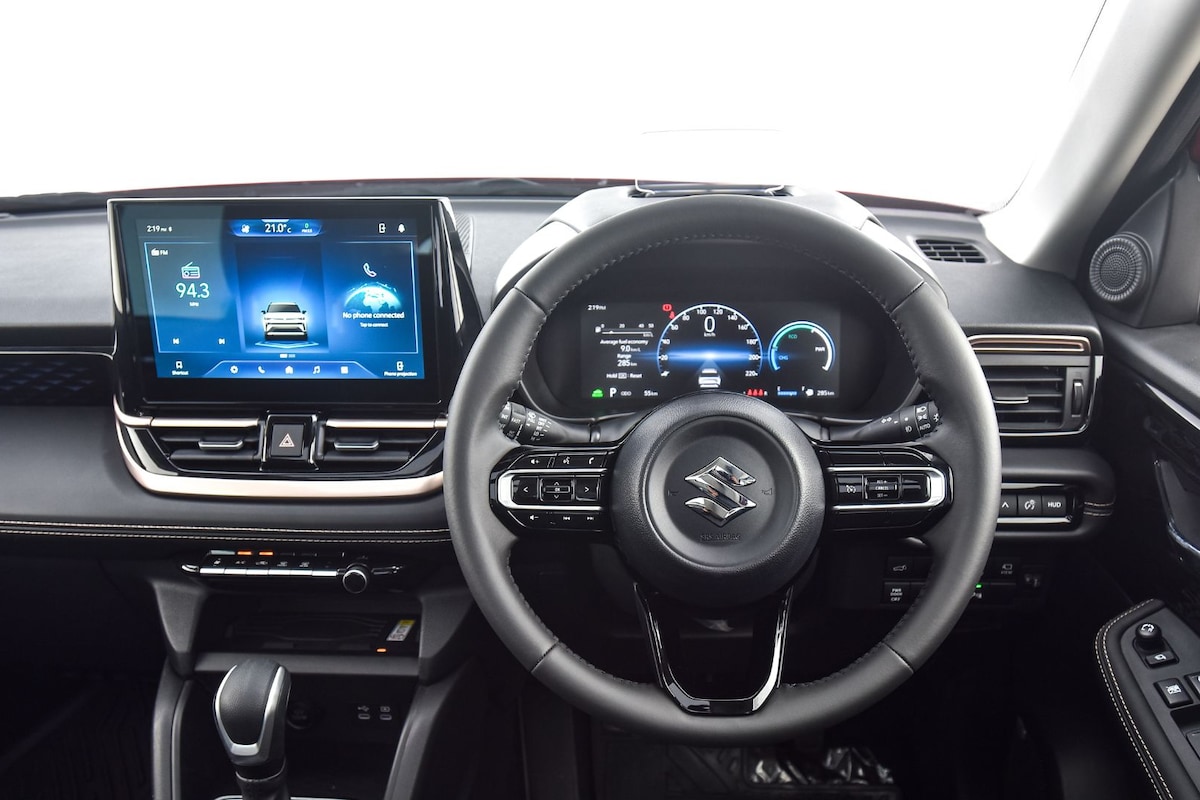
Features and Tech
As stated earlier, the Victoris is the most feature-loaded car ever to roll out of Maruti's stable. A panoramic sunroof enhances the sense of space inside, but what I particularly liked was the thick fabric sunshade. It cuts out harsh sunlight, maintaining the cabin cooler. In terms of conveniences, Victoria gets a wireless charger and several charging points, a 10.1-inch free-standing infotainment screen, wireless Android Auto and Apple CarPlay connectivity, a 10.25-inch coloured-digital instrument cluster for the driver, 64-colour ambient lighting, a crisp 360-degree camera, ventilated seats, and a powered tailgate with gesture control and head-up display with navigation. The top variant also brings in an Infinity Premium 8-speaker system with Dolby Atmos, and thanks to the good sound insulation in the cabin, the overall audio experience feels immersive. Suzuki Connect unlocks 60 features, which include Alexa Auto with voice AI, a voice assistant, and over-the-air (OTA) updates. It is refreshing to write about Maruti's long list of features, but Victoris is not ahead of the curve. It's high on comfort and feel-good features.
Safety
Victoris comes with 10 Level-2 ADAS features, and it seems Maruti Suzuki has tuned it to suit Indian road conditions. It does not feel intrusive and responds rather well. The standard safety equipment list is long: 6 airbags, electronic stability program, traction control system, hill hold assist, front seatbelt pretensioner with force limiter, and ISOFIX child seat mounts. All but the base variant get a tyre pressure monitoring system too. Maruti Suzuki has proved nay-sayers wrong, scoring a 5-star rating at GNCAP and BNCAP for Victoris.
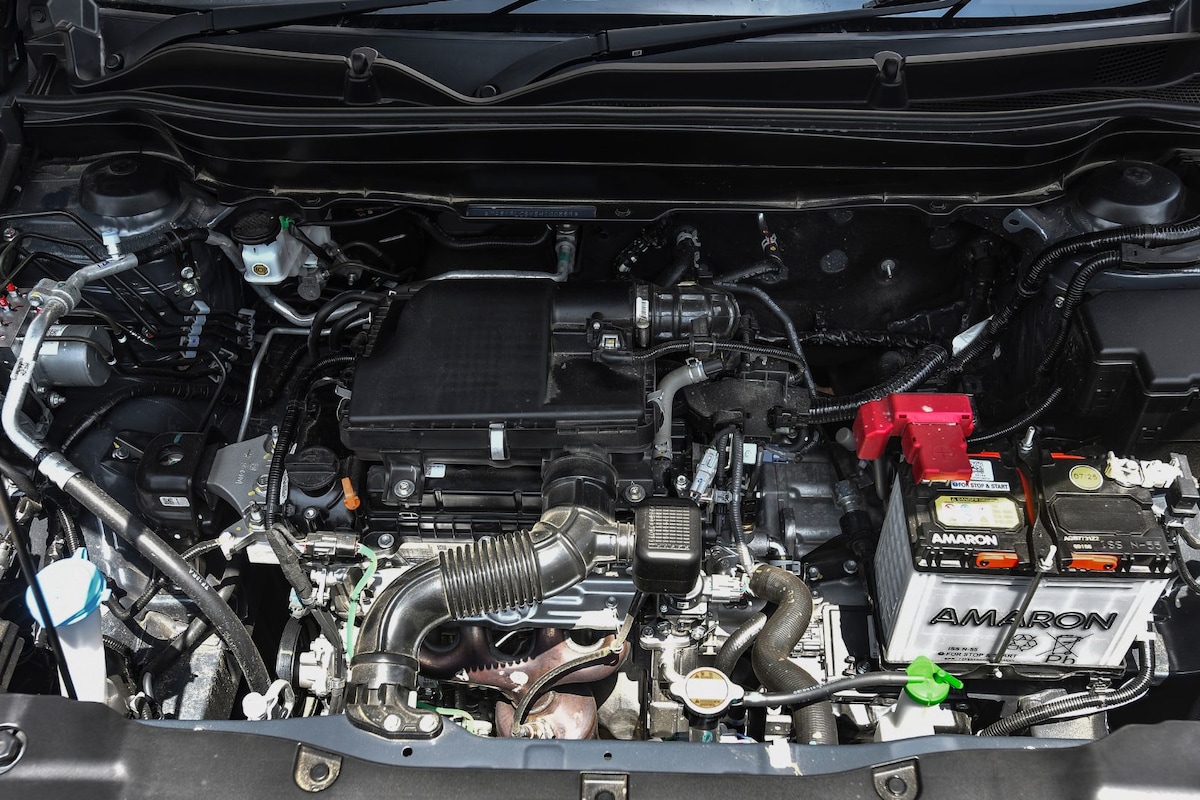
Engine and Fuel Efficiency
Victoris and Grand Vitara come with the same set of powertrain options. Victoris is powered by the tried-and-tested 1.5-litre naturally-aspirated (mild hybrid), K-Series petrol engine, which makes 103 hp. The power output drops to 89 hp in the CNG variant. The AWD option is also available with Victoris. The 1.5-litre strong hybrid variant generates 116 hp. Gearbox options include a 5-speed manual for the CNG, an e-CVT for the strong hybrid, and a 5-speed manual or 6-speed torque converter automatic for the mild hybrid.
Claimed Mileage Figures:
1.5 L Petrol MT: 21.18 kmpl
1.5 L Petrol AT: 21.06 kmpl
1.5 L Petrol Strong Hybrid: 28.65 kmpl
1.5 L Petrol CNG: 27.02 km/kg
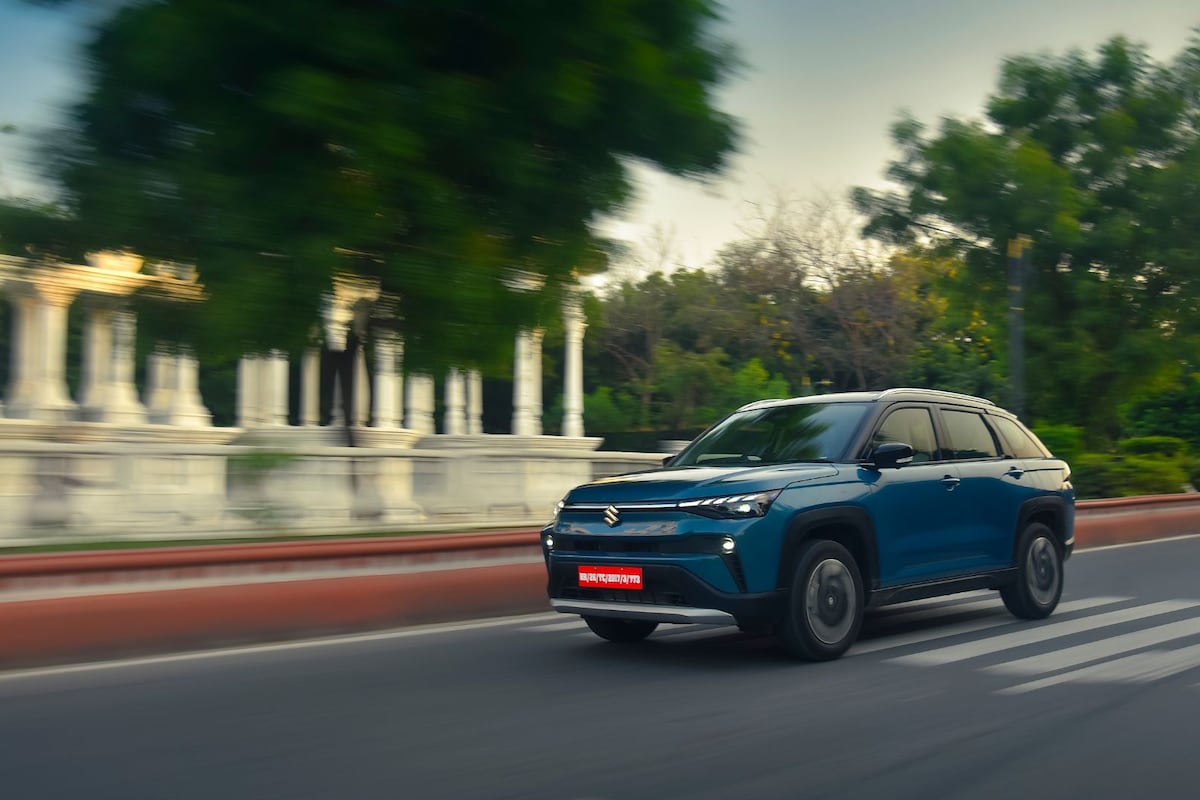
Performance and Ride Quality
Let's talk about the 1.5-litre naturally aspirated (mild hybrid) first, which is what I expect customers will prefer. I drove the automatic variant, which gets a 6-speed torque converter. We have experienced the same powertrain in Brezza and Grand Vitara. It isn't the quickest unit around, and it gets the job done with some effort. In city traffic, performance feels adequate, though highway overtakes demand planning. Push the pedal harder, and engine noise creeps in, which can get bothersome. The gearbox itself is smooth and is clearly calibrated for fuel efficiency, so downshifts take their time. Thankfully, paddle shifters are provided, and you'll find yourself reaching for them when you need sharper responses and quicker overtakes. The ride on this 1.5-litre NA is what you expect from a Maruti. It takes on any undulation or pothole effortlessly. Steering feels sufficiently weighted: light at slow speeds and gains some weight with speed. Manoeuvring Victoris feels easy and does not require any extra effort.
The 1.5-litre strong hybrid is more efficient and surprisingly the quicker of the two. Victoris rolls off in the EV mode. It stays in EV mode as long as the battery has charge or until you press the accelerator harder, at which point the 3-cylinder Atkinson cycle engine kicks in. The seamless EV start and the added hybrid punch make this variant easy to recommend to those who want a quicker and effortless drive. The hybrid is paired with an e-CVT gearbox, which means that when you push it hard, some engine noise does filter into the cabin. The ride quality on the strong hybrid feels a bit firm, too. The suspension recalibration is a possible result of the added weight (1295 kg versus 1195 kg for the NA version) - though it's not a deal-breaker.
Conclusion
Maruti Suzuki Victoris is priced between Rs 10.49 lakh (ex-showroom) for the 1.5-Litre smart hybrid and Rs 19.98 lakh (ex-showroom) for the top-end strong hybrid variant. The CNG variant is available in three variants, priced between Rs 11.49 lakh and Rs 14.56 lakh (ex-showroom). These introductory prices are valid for this festive season. Victoris can also be availed on a subscription basis for a monthly fee of Rs 27,707.
Maruti Suzuki has made a serious attempt to offer an aspirational SUV to customers. From safety and comfort, engine options to conveniences, Victoris ticks most boxes right. It still lacks a more powerful turbo petrol or a diesel engine, which is available to many of its rivals. The rear seat is tight for three grown-ups. Maruti Suzuki will be selling Victoris through the Arena dealership network, enabling the brand to tap into deep pockets and diverse age groups, which Nexa's Grand Vitara could not. Several factors favouring the Victoris, Maruti Suzuki surely has a strong chance of giving a tough fight in the segment. Is Victoris the 'Patakha' Indian customers are looking for this festive season? Maybe, not loud enough, but Victoris with a high value proposition will light up many faces and families with happiness this Diwali.
Track Latest News Live on NDTV.com and get news updates from India and around the world
